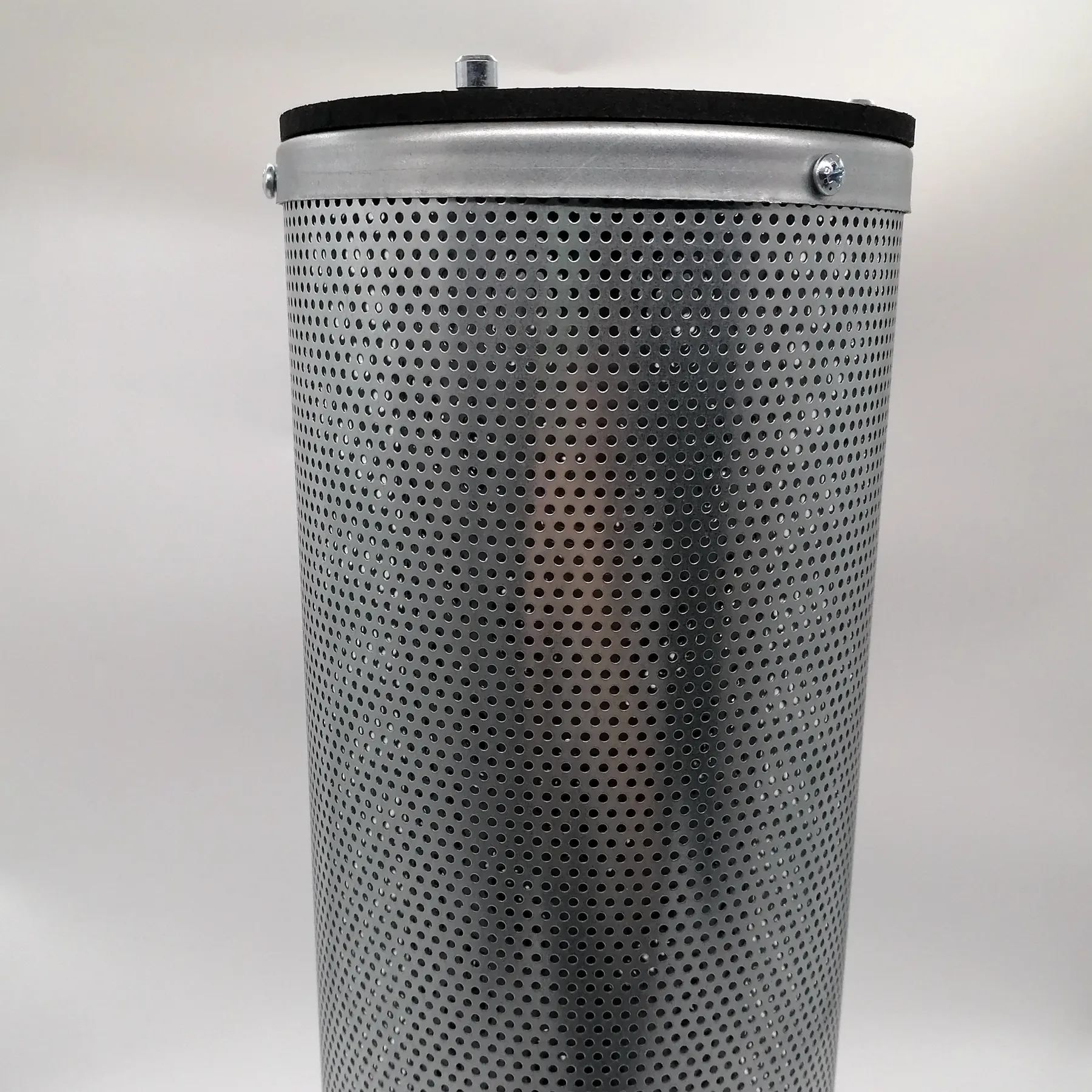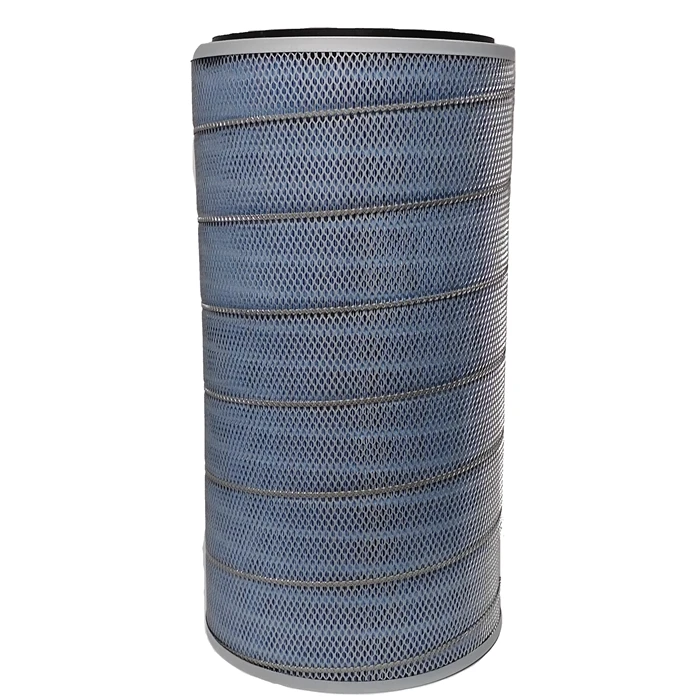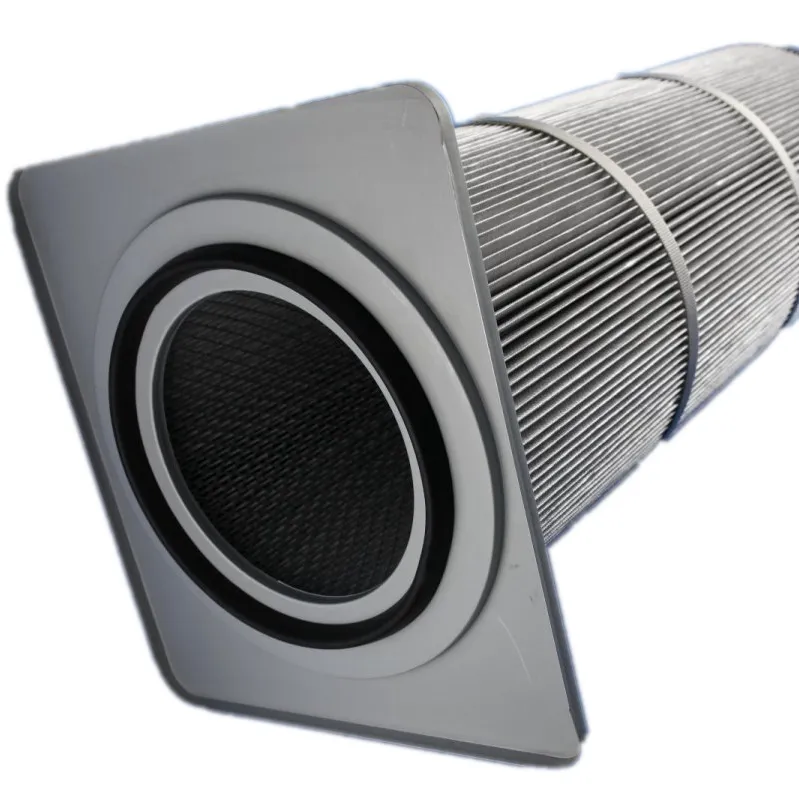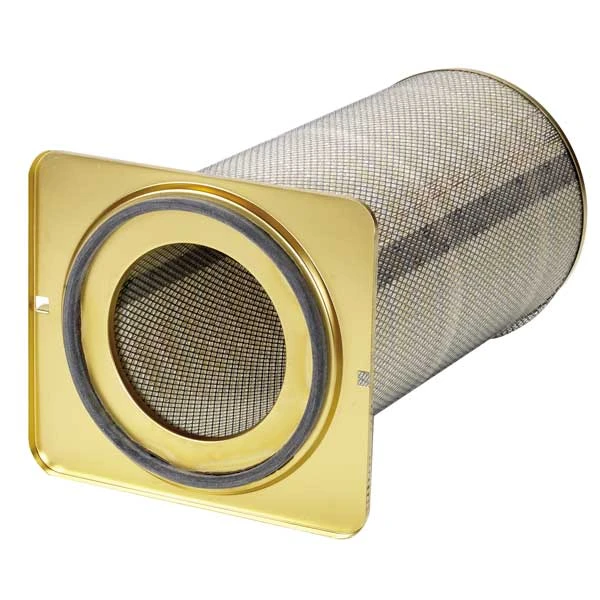 Tel:
+8618931101301
Tel:
+8618931101301
نومبر . 08, 2024 17:42 Back to list
antistatic filter element
Understanding Antistatic Filter Elements A Comprehensive Guide
In various industrial and commercial applications, managing static electricity is crucial for ensuring both safety and equipment performance. Antistatic filter elements play a significant role in this context, providing an effective solution for controlling static charge buildup in filtering systems. This article delves into the importance of antistatic filter elements, their construction, applications, and benefits.
What Are Antistatic Filter Elements?
Antistatic filter elements are specialized filtration devices designed to mitigate the risks associated with static electricity. They are essentially filter cartridges or components made from materials that possess conductive or dissipative properties. These materials can prevent the accumulation of static charges that can lead to sparks, equipment damage, or contamination of sensitive processes. The primary function of these filters is to capture particulates, aerosols, and other pollutants while simultaneously controlling static electricity.
Construction of Antistatic Filter Elements
The construction of antistatic filter elements typically involves the integration of conductive fibers within the filter media. Common materials used in these filters include polyester, polypropylene, and fiberglass, often blended with conductive carbon or metal fibers. This blend allows for the efficient passage of air while providing a path for static charges to dissipate safely.
Furthermore, antistatic filters are engineered to meet specific filtration ratings, ensuring they can effectively trap a wide range of particle sizes. The filters are usually designed with a pleated structure, which increases the surface area and enhances the filtration efficiency without compromising airflow.
Applications of Antistatic Filter Elements
The applications of antistatic filter elements are vast and span across various industries. Here are a few notable sectors where these filters are commonly used
1. Electronics Manufacturing In environments like semiconductor fabrication and assembly of electronic components, even minor static discharges can cause significant damage. Antistatic filters are employed to maintain clean rooms and workstation atmospheres, reducing the risk of electrostatic discharge (ESD).
2. Pharmaceuticals In the pharmaceutical industry, contamination can lead to product recalls and serious health risks. Antistatic filters provide a clean environment by removing airborne particulates and preventing static charge buildup that could compromise product integrity.
antistatic filter element
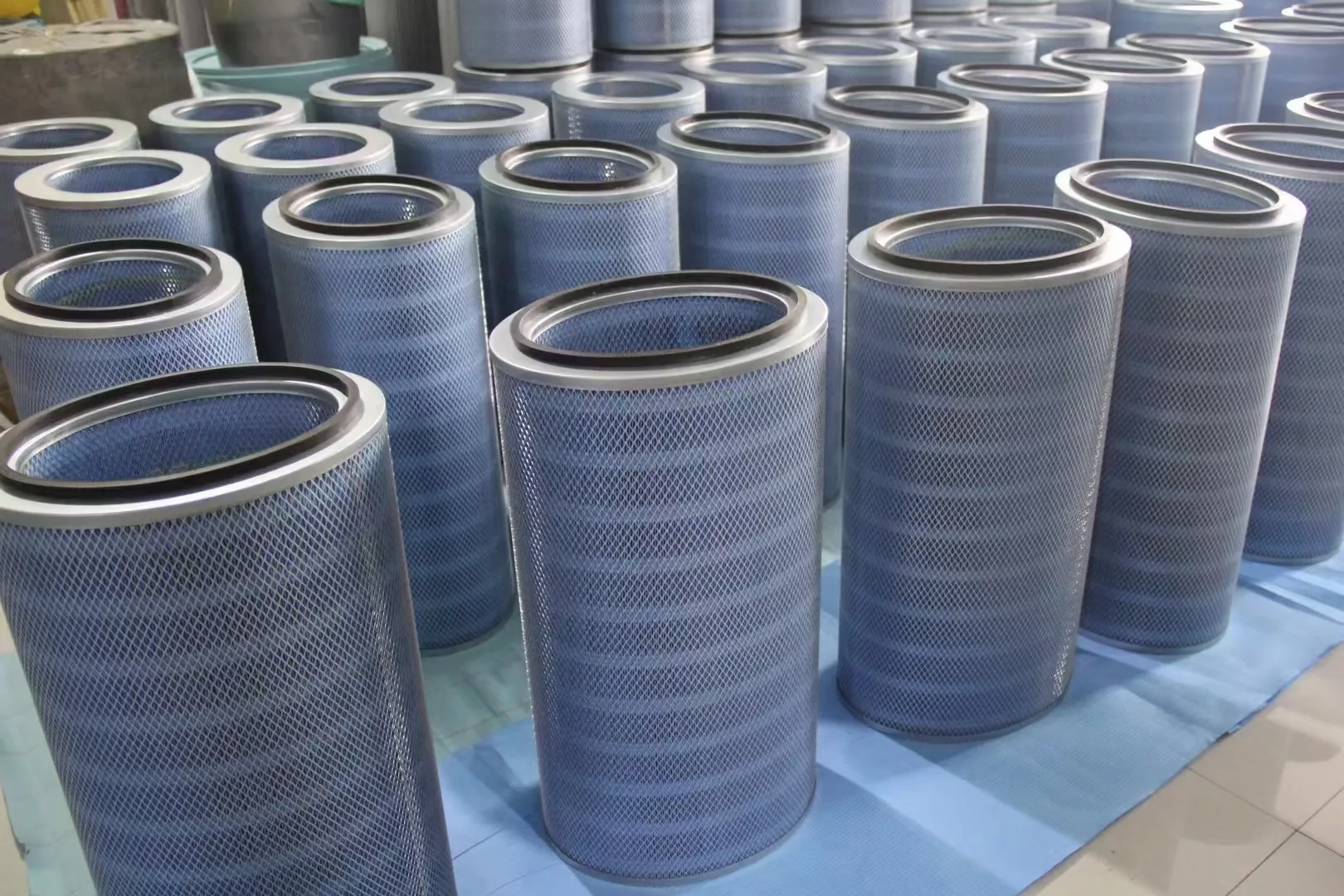
3. Food Processing Static electricity can cause contamination in food processing facilities by attracting dust and other contaminants. Antistatic filters help maintain hygienic conditions while facilitating the safe processing of food products.
4. Automotive Industry Various automotive manufacturing processes require clean environments to ensure quality and safety. Antistatic filters are used in spray booths and paint applications to control static effects that may cause defects in finishes.
Benefits of Antistatic Filter Elements
The implementation of antistatic filter elements comes with numerous advantages
- Enhanced Safety By dissipating static electricity, these filters significantly reduce the risk of fires or explosions in environments where flammable materials are present.
- Improved Equipment Longevity Reducing static charge helps protect sensitive equipment from potential damage and malfunction, leading to lower maintenance costs and extended lifespan.
- Higher Efficiency Antistatic filters maintain airflow while efficiently capturing contaminants, leading to optimal performance in industrial systems.
- Compliance with Standards Many industries are subject to strict regulatory standards regarding air quality and safety. Antistatic filters help facilities comply with these regulations, ensuring operational integrity.
Conclusion
Antistatic filter elements are a vital component in maintaining safe and efficient operations across various industries. Their ability to control static electricity while providing effective filtration makes them indispensable in settings where cleanliness and safety are paramount. By incorporating these filters into their systems, organizations can protect both their assets and their workforce, ultimately leading to enhanced productivity and reduced risks. As technology continues to advance, the development of more effective antistatic filtration solutions will remain a key focus for industries dealing with static-sensitive environments.
-
Cold knowledge of air filters: Why are some designed to be pleated?NewsJun.16,2025
-
Factory direct supply! High-precision air filter element wholesale and customizationNewsJun.12,2025
-
A complete analysis of the practical value of activated carbon filtersNewsJun.10,2025
-
Why are high iodine coconut shell activated carbon filters more durable?NewsJun.06,2025
-
Gas Turbine FilterNewsJun.06,2025
-
Filter TurbineNewsJun.06,2025

 Email:
Email:


